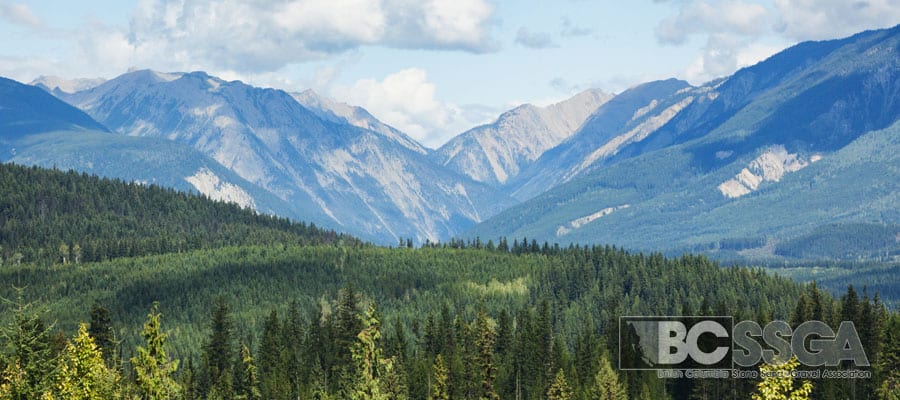Environmental Impact
During an aggregate pit’s life span, the contour of the land changes drastically as the product is quarried and removed from the site. There are seams of rock, gravel or sand that determine the depth and breadth of the quarry location.
Quarry Sites
When quarry operations begin to expose and process the aggregate seams, the operators or owners of the site are required to retain all the topsoil that is removed. This soil will be used again when the pit reclamation is nearing completion. Once the site has been closed, implementation of the recovery plan takes place. This process involves ongoing consultation with municipal and provincial representatives to ensure the work and site meet or exceed the government regulations.
Contouring
A site can be reclaimed in a number of ways, but the most common is by leveling or contouring. Levelling involves bringing the overall level of the quarry area back up to the existing grade of the surrounding lands. Contouring is seen most on sites that have been reclaimed for recreation purposes and use the existing pit configuration as the base structure. Depending on the pit size, graded embankments can be used to go from the pit floor to level with original vegetation line and can incorporate pathways to make walking from top to bottom easier. Sites that have pit areas below the water table may also include small lakes or ponds as features of the final reclamation.
Reclamation
When the base work on the reclamation is complete the original top soil is screened and then put back on the site to at least the same level as the original depth before the pit opened. Frequently the new soil depth is significantly deeper. For recreational areas once the topsoil is back in place then native foliage is planted and the area is ready for use. Agricultural reclamations will be left with only the topsoil cover, without any other vegetation other than the designated crop planted.



